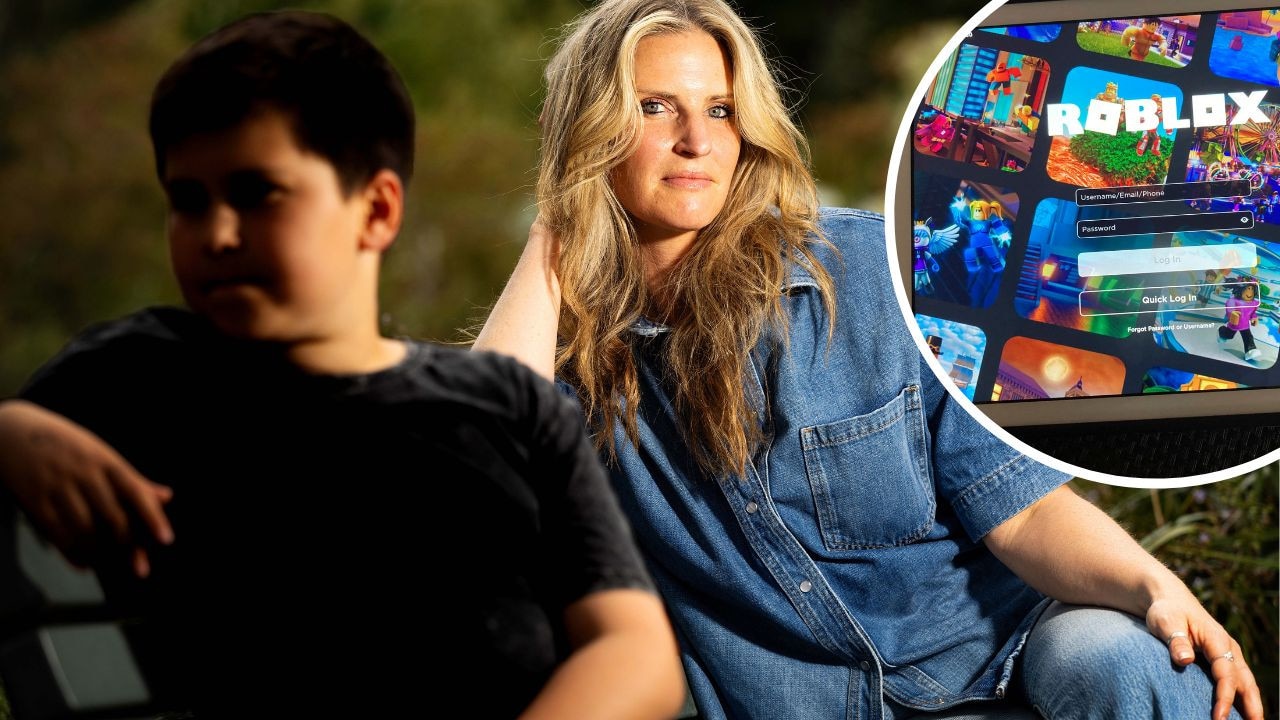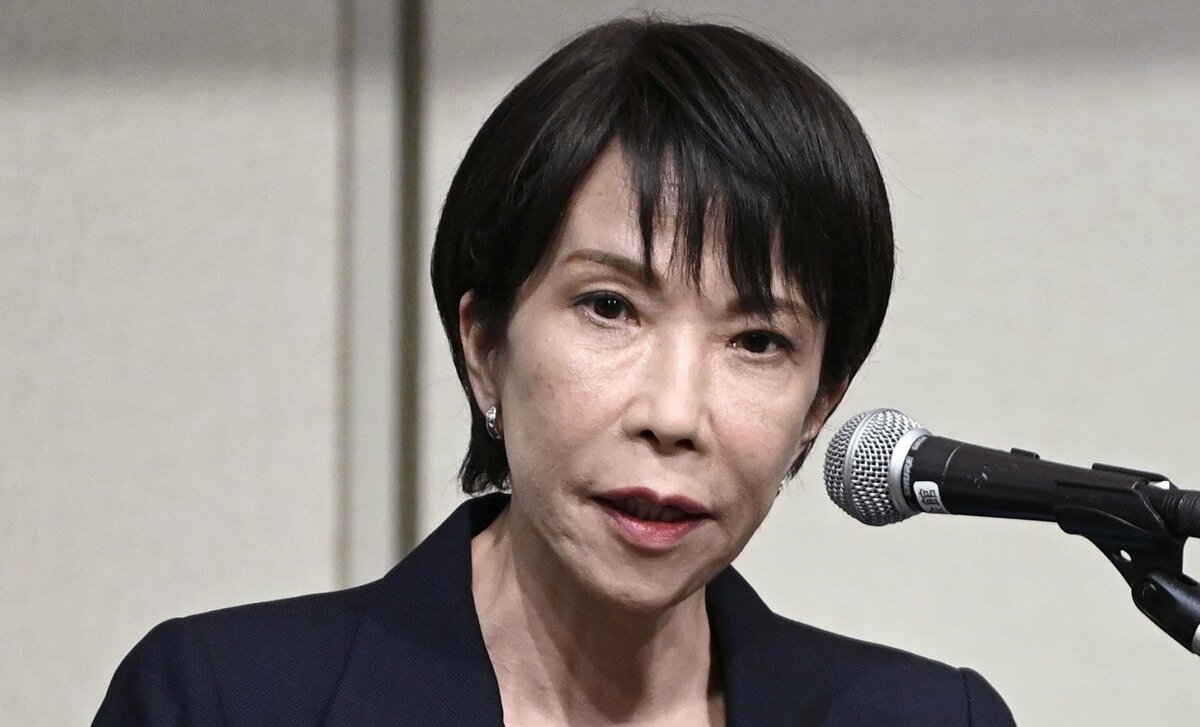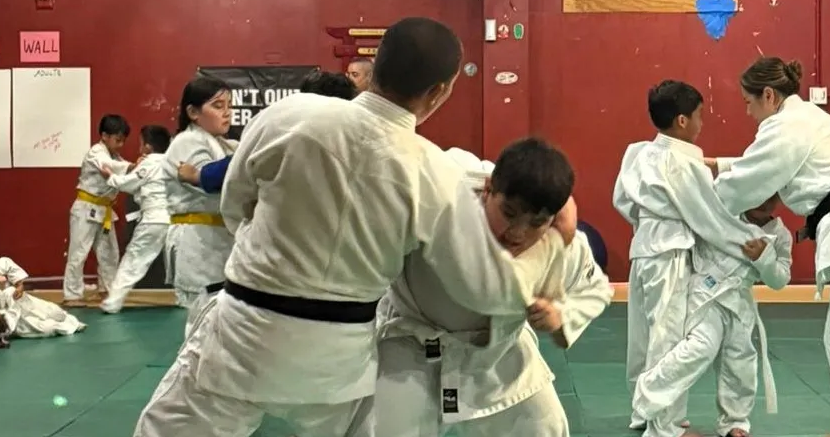Copyright news

But behind Roblox’s social facade lies a sinister, all-consuming world of predators, harmful content and addictive game mechanics. Yet, controversially, Australia’s under-16 social media ban will not apply to the platform – which has 90 million users worldwide, 34 million of them under 13 – when it kicks in on December 10. And youngsters here will continue to log in, satisfying their 2.6 hour average daily addiction. Jacintha Field, counsellor and founder of mental wellbeing platform Happy Souls Kids, knows first-hand how the game can take hold. “My son was ten when I noticed his behaviour and mood shift. It started small, the addiction to his iPad and wanting to stay home more,” she said. “But then I saw really concerning traits … his entire state of being would change when he was immersed in Roblox. “He would wake past midnight to chase limited-time stars and rewards and even cut bike rides short just to rush home to play.” Ms Field said that seeing her son grow irritable when asked to stop playing and retreat from social interactions made it clear she needed to step in. “I intervened when his world began shrinking around Roblox and when the game started driving our day rather than his real-life interests and friendships,” she said. “At that stage, it was not a play anymore. “The compulsion I saw in him mirrored what I recognise clinically in gambling and behavioural addiction: the pursuit of in-game currency, the thrill of uncertain rewards, and the social pressure of keeping up with friends. “For a developing brain, this cocktail can feel exhilarating. It taps into the same reward pathways as gambling … so logging off feels like losing.” She initiated conversations with him about grooming, social pressure and safety before he finally chose to delete Roblox – a decision he came to on his own and one she said only works when children feel part of the process. Dr Joanne Orlando, researcher and child wellbeing expert from Western Sydney University, said the game’s rapid pace and constant stimulation was having real neurological consequences. “Roblox is not a sit-and-forget game. New games pop up all the time that kids can get obsessed with, and that can have unexpected impacts on your child,” she said. “The game themes might seem OK, but there are other knock-on aspects parents need to consider. It’s a very high-energy game … and kids can get cognitively exhausted from it. “This can lead to a burst of high adrenaline and energy once they come off the game – arguing, physical aggression, social conflict, high-adrenaline lashing out at others. This is because their brain literally needs a rest and calming after coming off the game.” Dr Orlando said older children face different challenges, from cyber-bullying and social exclusion to anxiety about being left out of private servers or not having money for new avatar items. She also said manipulative “dark patterns” built into Roblox’s design encourage spending and prolonged play. “Ongoing cyber-bullying can lead to kids socially withdrawing, making it hard to form and keep friends, because they worry about being judged or betrayed. This affects friendships as well as romantic partnerships as they get older,” she said. “In severe cases, cyber-bullying can trigger PTSD-like symptoms. “Grooming also exploits trust. Many kids who have been groomed can carry guilt, believing they were the reason it happened and this impacts their mental health.” Australia’s eSafety Commissioner Julie Inman Grant warned last month that Roblox had become a popular target for pedophiles seeking to groom children. Predators often use “Robux”, the in-game currency, as a “trade”, or a way to bribe minors into sending explicit images. The platform has introduced safety measures – default privacy for under-16s, restricted messaging, and parental consent for adult contact – and plans to expand age-estimation for all users accessing communication features by the end of the year. But with Roblox still exempt from Australia’s upcoming social media ban – applying to sites including Snapchat, TikTok, YouTube, X, Facebook and Instagram, Reddit and Kick – the risks remain. In the UK, a 22-year-old man was jailed in October after police discovered more than 1000 indecent images of children he had groomed through Roblox and Fortnite. Meanwhile in Malaysia, the risks turned deadly this week after a nine-year-old boy attacked his six-year-old brother following an argument about lost Roblox points — a case now prompting government scrutiny. Australian law enforcement have already seen similar patterns emerging locally. Last week, Australian Federal Police Commissioner Krissy Barrett revealed that girls are being targeted by sadistic young men who “hunt and abuse victims as if they were characters in a violent video game.” She said many offenders first make contact through platforms like Roblox before moving to encrypted apps, with three arrests and 59 alleged offenders identified in decentralised “crimefluencer” networks that glorify sexual exploitation and violence. Roblox insists it has invested heavily in moderation and AI tools to detect grooming and predatory behaviour. “We use AI to check for violative content before a game is published, we do not allow users to share images or videos in chat, and we use advanced text filters designed to stop kids from sharing personal information,” a Roblox spokesperson said. “We have made over 100 safety enhancements this year alone to help protect our users and give parents more tools to manage and monitor their child’s online experience.” But Dr Orlando said “upping parental controls isn’t the answer” “The issues however persist so it’s not enough,” Dr Orlando said. “Different strategies are needed, not more of the same.” Originally published as Inside Roblox: The dark side of Australia’s most popular kids’ game



